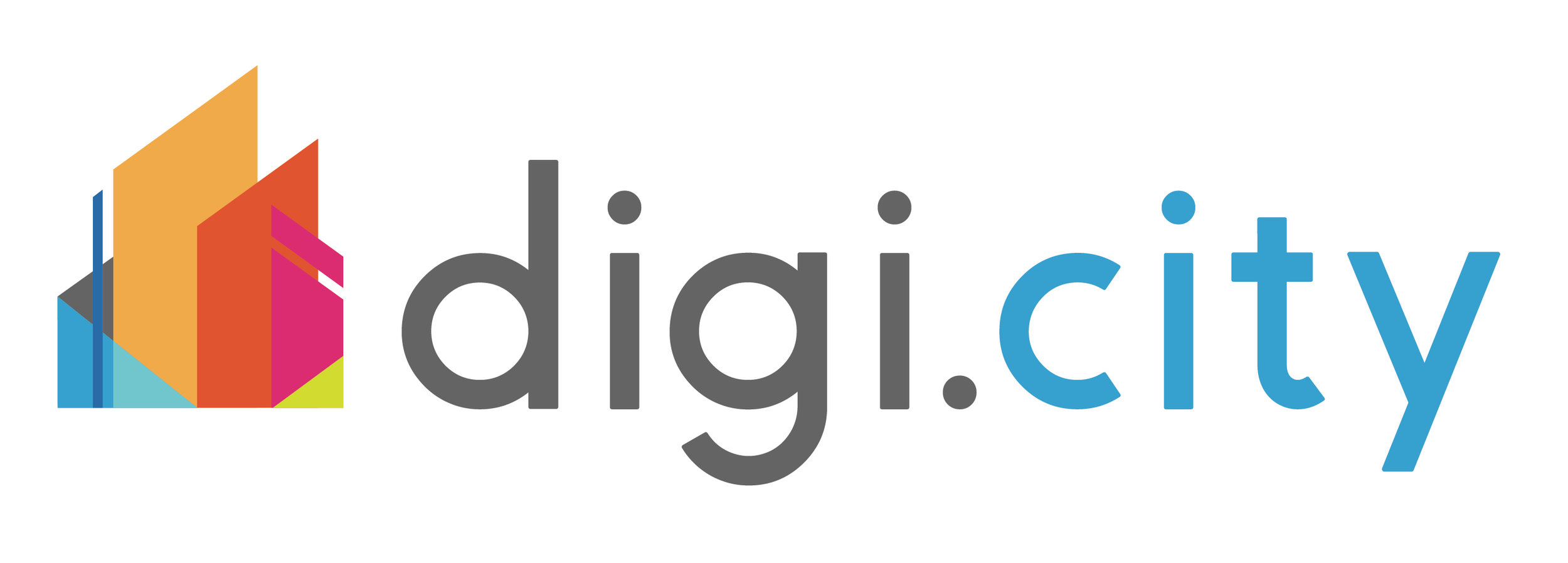With all the hype around smart cities today, you would think they are ubiquitous. Even though there are a few high-profile examples, smart cities aren’t yet as widespread as you might think.
Read MoreOnce among the San Antonio’s largest employers, the Pearl Brewery closed in 2001, and the surrounding area had been neglected as development focused on the suburbs, said Bill Shown, managing director of real estate at Pearl developer Silver Ventures, speaking at the recent ULI Texas Forum. Shown’s firm decided to take a chance converting the run-down property into a mixed-use destination.
Read MorePITTSBURGH — In 2015, Monocle magazine, a favorite read of the global hipsterati, published an enthusiastic report on Lawrenceville, the former blue-collar neighborhood here filled with cafes, hyped restaurants and brick rowhouses being renovated by flippers.
Read MoreSmart-city technology might better clear snow in the winter. It could spare sewers from breaking in spring rains, reduce the potholes that snarl your car’s alignment and whittle down the eternities you’re stuck at red lights.
Read MoreChina has laid out plans to become the world leader in artificial intelligence (AI) by 2030, with the aim of making the industry worth 1 trillion yuan ($147.7 billion).
Read MoreThe Town of Cary, located in the heart of North Carolina's research triangle, may not be the first location that comes to mind when identifying "smart cities." Yet the home of approximately 160,000 residents — self-proclaimed as the "technology town of North Carolina" — is on a mission to change that.
Read MoreSHANGHAI — There is an audacious economic phenomenon happening in China.
It has nothing to do with debt, infrastructure spending or the other major economic topics du jour. It has to do with cash — specifically, how China is systematically and rapidly doing away with paper money and coins.
Read MoreSmart technology is changing how cities are run, how residents live and how businesses attract employees. For the last decade, cities have been building high-speed internet and using digital technology to expand city services.
Read More“Healthcare, urban tech, education, and transportation are four areas where I see a tremendous possibility of efficiency gains through a use of IOT. If you asked me to choose my favorite problem to solve, it would be solving generational problems in these sectors,” said Hardik.
Read MoreChinese economic growth topped expectations yet again in the June quarter with GDP expanding 6.9% from a year earlier.
Read MoreSmart technology is changing how cities are run, how residents live and how businesses attract employees. For the last decade, cities have been building high-speed internet and using digital technology to expand city services.
“Healthcare, urban tech, education, and transportation are four areas where I see a tremendous possibility of efficiency gains through a use of IOT. If you asked me to choose my favorite problem to solve, it would be solving generational problems in these sectors,” said Hardik.
Read MoreA report published Tuesday found that the smart city market reached $342.4 billion in 2016 and is projected to more than double by 2021, to an estimated $774.8 billion. The increase equates to an overall 17.7 percent growth rate. But despite this rapid growth, researchers estimate it will be years before the smart city sensor systems, predictive analytics tools and energy efficient buildings now being purchased become ubiquitous technologies.
Read MoreThe U.S. is moving toward the launch of fifth-generation mobile networks (5G), but its fiber optics infrastructure may not be able to keep up.
Read MoreIt’s perhaps fitting that the Smart Cities Connect Conference and Expo– held in Austin last week, and collocated with the US Ignite Application Summit – wrapped on the eve of a (very) long 4th of July weekend. Because rethinking the running and management of our cities–with the help of new technology and data tools– is a good way to honor this country’s birthday. If sorting out the key smart cities issues means looking beyond past accomplishments and entering some uncharted waters at the confluence of deep technical, political, and demographic tides, all the more reason to jump in feet first. And jump in we did last week in Austin, with a major conference exploring the use of technology, policy, data, and more to help cities become more efficient, secure, and sustainable–while improving the quality of life of its citizens and visitors.
Read MoreFor decades, the evolution of communications technology has laid the foundation for broad economic growth across the United States benefitting towns and cities large and small. The next generation of wireless network infrastructure will be built using small-cell networks employing 5G wireless technology. The connectivity and computing capacity unleashed by these high-speed wireless networks will bring the power of Smart City solutions to municipalities across the country.
Read MoreYou can’t really talk about what’s happening in Denver without mentioning what’s happening 5,800 miles away in Fujisawa, the Japanese town Panasonic built on top of its old factory outside Tokyo. Its 600 homes and 400 apartments — all sold out but still filling up — were designed to withstand earthquakes, are all outfitted with solar panels, and are all hooked up to the smart grid. It took over a decade to get Fujisawa up and running, but Panasonic wanted to reproduce it in the U.S. using an already established city.
Read More